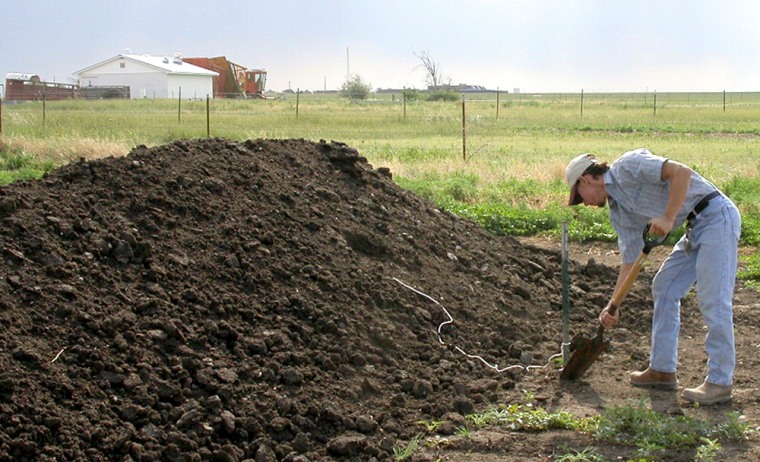As oil prices soar, cow manure is getting more attention as an alternative fuel source, particularly in Texas, the country’s biggest producer of cow patties.
For years, researchers have studied manure as a fertilizer. But at a time when state and federal energy bills have called for increasing renewable energy sources, there is more focus on developing cow dung as an alternative to coal or natural gas.
”I see it as a valuable tool in our tool box,” said John Sweeten, resident director of the Texas Agricultural Experiment Station in Amarillo. “Sixty-dollar-a-barrel oil recruits a lot of interest in biomass. At $10-a-barrel oil, there’s not much interest.”
The Panda Group of Dallas plans to fuel a $120 million ethanol plant set to open next year in Hereford with cow manure and other waste. The company said it will realize an energy savings equivalent to 1,000 barrels of oil per day turning manure and cotton gin waste into clean-burning fuel to power the plant.
Biomass is renewable organic matter, such as manure and crops like corn, grain sorghum and soybeans, all of which can be processed into ethanol.
“Anything that’s renewable and is at least competitive with other prices, it’s better for everybody,” said Donald L. Klass, director of Biomass Energy Research Association in Washington.
With more cattle, dairy cows and hogs coming to the Texas Panhandle, and with farmers moving toward planting more dryland crops that demand less fertilizer, the potential for surplus manure is great.
Nearly 5 million head of cattle come to about 100 area feedyards each year. While there, they produce billions of pounds of manure.
“It’s almost too good not to use,” said David Parker, a professor of agriculture at West Texas A&M University.
Researchers at a feedlot are trying to figure out the best process and mix of manure to create the most useable heat and energy.
A future research project will examine the use of manure from dairy cows which, like swine manure, requires a different process to capture the energy, Sweeten said. But cattle for meat outnumber other concentrated animal feeding operations in the Texas Panhandle.
Sweeten said manure contains at best about a third to a quarter of the energy value as coal, so transporting it far from where it’s produced is impractical. Thus, Sweeten said manure-generated energy would only be used regionally.
“You don’t get as much bang for your buck” with manure compared to coal, he said.
